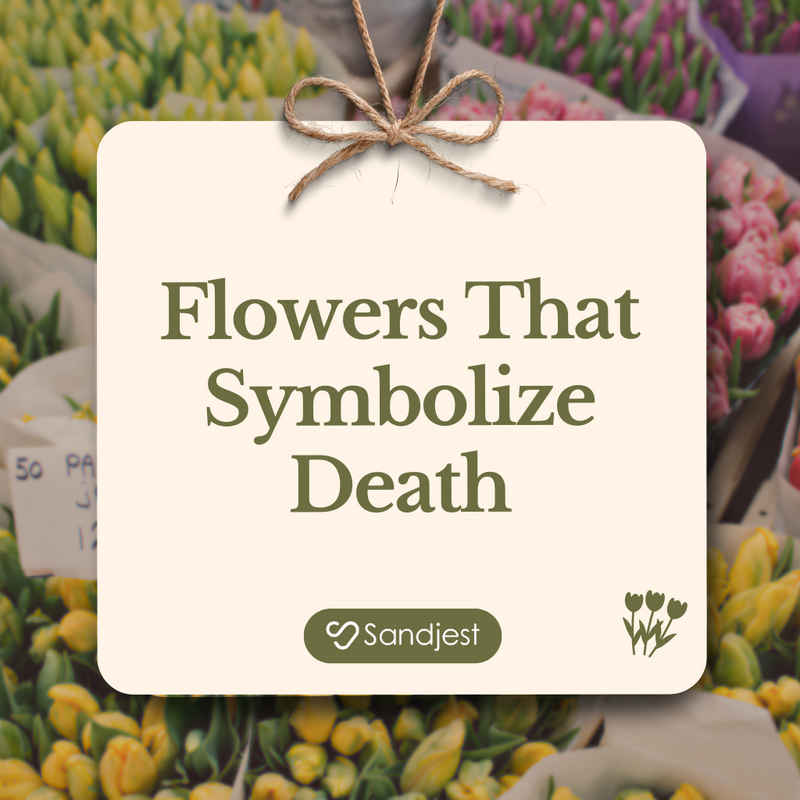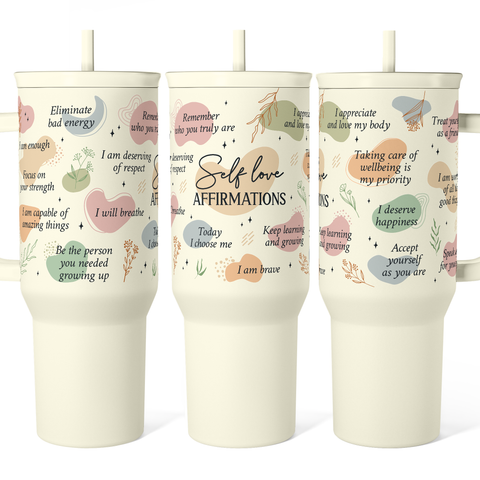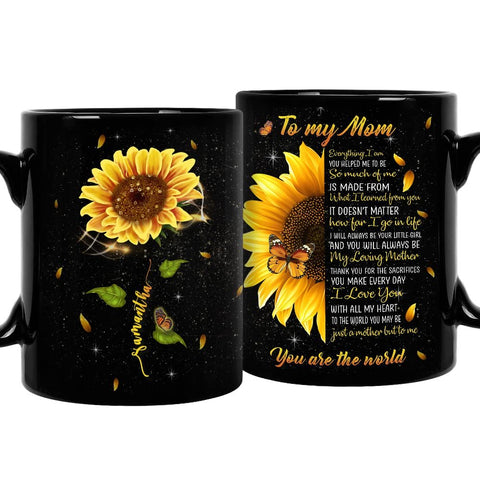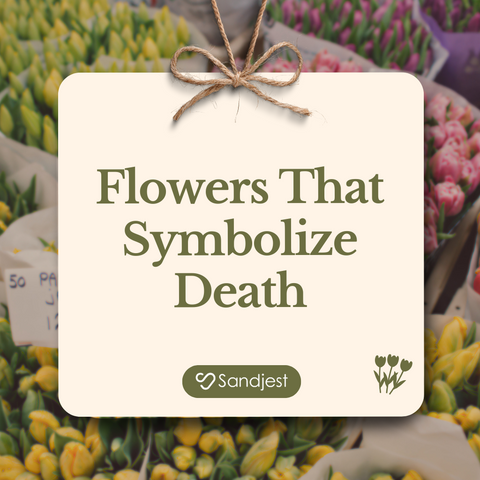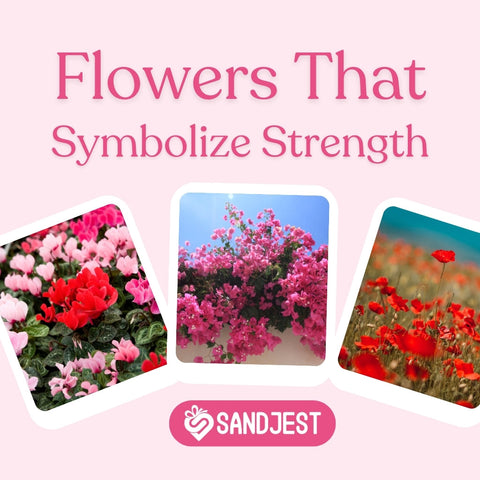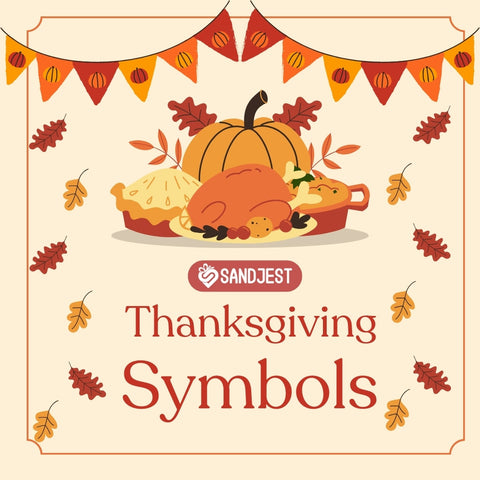30+ Exploring Flowers That Symbolize Death and Remembrance
Table of Contents
Flowers have long been a symbol of life’s most profound moments, including grief and remembrance. Flowers that symbolize death carry deep meaning, offering comfort and a way to honor loved ones. Each bloom, like the red spider lily or white lily, reflects loss and hope, bridging the gap between sorrow and renewal.
Join us as we uncover the stories, meanings, and cultural significance behind these death flowers, providing a thoughtful way to remember and celebrate life’s fragility.
Flowers That Symbolize Death And Rebirth
Flowers often carry profound meanings, symbolizing the cycles of life and renewal. The lotus and chrysanthemum, for example, represent the connection between endings and new beginnings, offering comfort in moments of reflection. Their symbolism speaks to resilience and hope in the face of loss.
 |
Lotus (Nelumbo nucifera)The lotus holds significant symbolism in various cultures, particularly in Eastern traditions. Emerging pristine from muddy waters, it epitomizes purity, spiritual awakening, and the cyclical nature of life and death. In Buddhist philosophy, the lotus represents the journey toward enlightenment, transcending the imperfections of the physical world. |
|
|
Chrysanthemum (Chrysanthemum morifolium)In many cultures, chrysanthemums are imbued with dual meanings. In Japan, for instance, they are associated with the imperial family and symbolize longevity and rejuvenation. Conversely, in European contexts, they are often linked to death and are commonly used in funerary arrangements, representing an acknowledgment of life's transience. |
|
|
Marigold (Tagetes spp.)Marigolds are integral to various cultural rituals concerning death and remembrance. In Mexican traditions, particularly during Día de los Muertos (Day of the Dead), marigolds are believed to guide the souls of the departed back to the living world, symbolizing the continuity of life and the enduring connection between generations. |
|
|
White Lily (Lilium candidum)White lilies are emblematic of purity and the restoration of the soul after death. In Christian iconography, they are associated with the Virgin Mary and are prevalent in funeral ceremonies, symbolizing the departed's return to a state of innocence and peace. |
 |
Snowdrop (Galanthus nivalis)As one of the earliest flowers to bloom at winter's end, snowdrops signify hope and renewal. Their emergence from frozen ground is often interpreted as a metaphor for the soul's passage from death to a new beginning, embodying resilience and the promise of rebirth. |
|
|
Hyacinth (Hyacinthus orientalis)Hyacinths carry complex symbolism, often associated with sorrow and the process of rebirth following tragedy. Rooted in Greek mythology, the flower is linked to Hyacinthus, whose death and subsequent transformation into the hyacinth by the god Apollo symbolize the themes of mourning and the cyclical nature of life and death. |
Flowers That Symbolize Life And Death
Some blooms uniquely capture the balance between existence and the afterlife. Marigolds are often seen as a bridge between the two, representing remembrance and vitality. They offer a meaningful way to honor both the beauty of life and the inevitability of passing.
|
|
Poppy (Papaver rhoeas)Poppies are potent symbols of both death and the hope of new life. In Western cultures, particularly after World War I, red poppies became emblematic of remembrance for fallen soldiers, representing the coexistence of life's fragility and the enduring hope for peace. |
|
|
Daffodil (Narcissus pseudonarcissus)Daffodils herald the arrival of spring and are often associated with new beginnings and the renewal of life. However, their fleeting bloom also serves as a reminder of life's transience, encapsulating the dual themes of life and death. |
|
|
Carnation (Dianthus caryophyllus)Carnations hold varied meanings across different cultures. White carnations are often associated with pure love and remembrance, making them common in memorial contexts. Their enduring nature also symbolizes the continuity of life amidst loss. |
|
|
Zinnia (Zinnia elegans)Zinnias are often linked to thoughts of absent friends and lasting affection, symbolizing the endurance of life and memory even after death. Their vibrant blooms serve as a celebration of life and a tribute to those who have passed. |
|
|
Amaranth (Amaranthus spp.)The amaranth is associated with immortality and unfading love. In various mythologies, it symbolizes the eternal nature of the soul, bridging the concepts of life and death through its everlasting blooms. |
|
|
Hydrangea (Hydrangea macrophylla)Hydrangeas convey heartfelt emotions and are sometimes associated with gratitude toward someone who has passed away. Their abundant blossoms reflect the complexities of life and death, embodying both the joy of life and the sorrow of loss. |
|
|
Black Rose (Rosa spp.)Black roses are rare and often symbolize the end of a significant phase or the death of an idea. While not typically found in nature, their deep hue represents the finality of death and the potential for new beginnings that follow. |
|
|
Bleeding Heart (Lamprocapnos spectabilis)The bleeding heart flower, with its heart-shaped blossoms, symbolizes deep emotional connections and the sorrows associated with love and loss. It embodies the intertwining of life's joys and the pains of separation, reflecting the delicate balance between life and death. |
Flowers That Symbolize Death In Japan
Japanese culture deeply values symbolism in flowers, with the white chrysanthemum representing mourning and respect. Often used in ceremonies, it serves as a quiet reminder of life’s fragility and the enduring reverence for those who have passed away.
 |
Red Spider Lily (Higanbana - 彼岸花)Known as Higanbana in Japanese, the red spider lily is closely associated with death and the afterlife. Traditionally, these flowers are planted near graves and temples, symbolizing a final farewell and guiding souls to the next world. |
 |
Bellflower (Kikyō - 桔梗)In Japanese culture, the bellflower, or Kikyō, symbolizes unchanging love and obedience. However, it is also associated with mourning and is sometimes used in rituals honoring the deceased. |
 |
Cherry Blossom (Sakura - 桜)Sakura, or cherry blossoms, hold a significant place in Japanese culture, representing the fleeting nature of life. Their short blooming period serves as a touching reminder of mortality and the temporary beauty of existence. |
 |
Peony (Botan - 牡丹)Known as Botan in Japanese, peonies are sometimes included in funerary arrangements or memorial gardens, symbolizing a life lived with dignity and strength. |
 |
White Plum Blossom (Ume - 梅)Known as Ume in Japanese, white plum blossoms bloom in late winter, symbolizing perseverance through hardship and honoring those who have passed. |
Flowers That Symbolize Death Of A Loved One
Lilies and forget-me-nots are often chosen to honor the memory of a loved one. Their presence evokes feelings of enduring love and cherished memories, offering a heartfelt way to navigate grief while preserving connections to those no longer here.
|
|
Rose (White)White roses are commonly used in funerals and memorial services, symbolizing undying respect and the memory of a departed loved one. |
|
|
Forget-Me-Not (Myosotis spp.)Delicate blue flowers serve as a heartfelt tribute to someone who has passed, symbolizing a promise to honor their memory. |
|
|
Calla Lily (Zantedeschia spp.)Calla lilies are frequently used in funerals as a symbol of graceful departure and a peaceful afterlife. |
|
|
Carnation (White)White carnations are often seen in funeral arrangements, representing admiration and eternal devotion to the deceased. |
|
|
Orchid (White)White orchids are used in memorials to honor the beauty and uniqueness of a lost loved one. |
|
|
Bluebell (Hyacinthoides non-scripta)Bluebells are often planted in remembrance gardens, symbolizing gratitude for a loved one’s life and legacy. |
Red Flowers That Symbolize Death
Red blooms such as carnations and poppies hold significant meanings connected to loss and remembrance. Their vibrant colors symbolize passion, sacrifice, and the lasting legacy of those who have made a meaningful impact, making them a heartfelt choice for moments of tribute.
|
|
Red RoseOften used in memorials, red roses convey both passionate love for the deceased and the deep pain of their loss. |
|
|
Poppy (Red)Red poppies are a universal symbol of remembrance, especially for those who died in war |
|
|
Carnation (Red)Red carnations are often included in arrangements to honor a life of passion and strength. |
|
|
Amaryllis (Red)This striking flower represents the celebration of life and the sorrow of death, often used in memorials. |
|
|
Zinnia (Red)Red zinnias celebrate the enduring love and memory of a lost loved one. |
|
|
Tulip (Red)Red tulips can signify the undying bond between the living and the deceased. |
|
|
Gerbera Daisy (Red)These cheerful flowers are sometimes used to honor the joyful impact of a departed loved one’s life. |
|
|
Camellia (Red)Red camellias are a somber yet beautiful way to honor the dignity and strength of someone who has passed. |
 |
Begonia (Red)Red begonias symbolize farewell and serve as a gentle reminder of the fragility of life. |
Conclusion
Flowers have always played a timeless role in expressing emotions tied to life’s most delicate transitions. Flowers that symbolize death, such as the red spider lily and white lily, not only convey grief but also remind us of renewal and hope.
Their meanings help us honor loved ones, reflect on life’s fragility, and find solace in memories that endure. Embracing the cultural stories and symbolism behind death flowers allows for a heartfelt tribute, blending remembrance with the beauty of life’s ongoing cycles.
Related Products
Frequently Asked Questions
What Is The Flower Symbol Of Death?
Chrysanthemum: In many cultures, chrysanthemums are associated with death and mourning, especially in Japan and Europe, where they are used for funerals.
Red Spider Lily: Known in Japan as the “flower of death,” it is believed to guide souls to the afterlife and is often planted near cemeteries.
Black Rose: While rare, black roses symbolize the end of a journey, death, or farewell, making them a striking symbol of loss.
What Is The Saddest Flower Meaning?
Lily of the Valley: This delicate flower signifies the loss of happiness and is often tied to mourning and sorrow.
Hyacinth: Associated with deep regret and sorrow, the hyacinth is often used to convey apologies or lamentation.
Forget-Me-Not: Although tied to remembrance, it can also represent deep sadness for someone who is no longer present.
What Flower Means Suffering?
Red Poppy: Frequently linked to sacrifice and suffering, particularly for those lost in war, it symbolizes pain endured for a greater cause.
Bleeding Heart: This flower's shape and name represent deep emotional suffering, often tied to unrequited love or heartbreak.
Thistle: Symbolizing both suffering and resilience, the thistle reflects overcoming hardship through its sharp, protective exterior.






